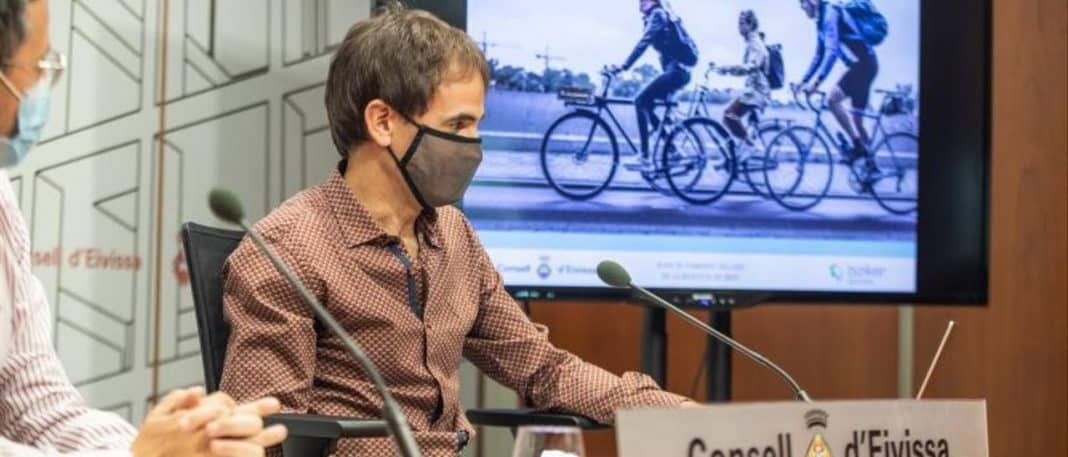“We assume that nothing has been done”. This is the response of Roberto Algaba, the island’s director of Transport for the Ibiza Council, when asked about the conclusions of the Plan to Promote Cycling on the island, drawn up by the company Biziker and presented yesterday at the island’s headquarters to representatives of the five local councils. It has been warned that the plan, whose drafting was unanimously requested in the plenary session held on May 29, 2020, in full de-escalation of the pandemic, will be starting from practically zero, with only 29 kilometers of bike lanes throughout the island (most of them disconnected), that “bicycles today barely make up 1% of the total movements”, and that if both Consell and municipalities can’t agree and draw up a joint plan, movement on two wheels in the region will remain a pipedream, something that some councils may be grateful for, which have little interest in promoting this means of transport.
The purpose of commissioning the plan, says Algaba, was to describe, above all, “the situation in which we find ourselves, to have a snapshot of how mobility looks and also to provide ideas for improvement”. And that snapshot reflects the obvious: that practically everything is still yet to be done. “It tells us that we are not doing well, that in terms of cycling mobility things are not being done well,” says the island director, who has been struck by data showing an increase in car use: between 2001 and 2017, the years analyzed by the study, the prevalence of the pedestrian fell from 43% to 21%; that of the bicycle remained at 1%, and that of tourism grew from 53% to 74%. Meanwhile, public transport increased its relevance dramatically: from 3% to 4%. The plan warns that 57% of car trips “are internal journeys, that is, within the urban areas of Ibiza, which, due to the distance covered, could be made on foot or by bicycle”.
For the full article, please visit Diario de Ibiza website here.

